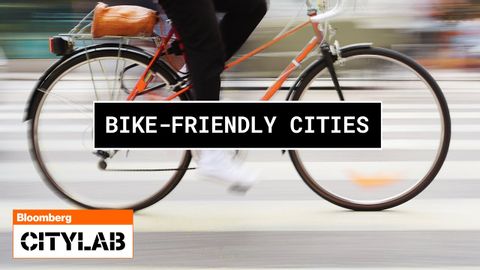How to Build a City Around Bikes, Fast
joey joey が 2021 年 10 月 29 日 に投稿  この条件に一致する単語はありません
この条件に一致する単語はありませんUS /ˈdisənt/
・
UK /ˈdi:snt/
- adj.まあまあの;礼儀正しい;親切な;体裁のいい;かなりの
US /pænˈdɛmɪk/
・
UK /pæn'demɪk/
US /ˌɑpɚˈtunɪti, -ˈtju-/
・
UK /ˌɒpə'tju:nətɪ/
- n. (c./u.)機会;好機;仕事の機会;ビジネスチャンス
US /ˈpɚmənənt/
・
UK /'pɜ:mənənt/
- adj.永続的な;常勤の;恒久的な
- n.正社員;パーマ
エネルギーを使用
すべての単語を解除
発音・解説・フィルター機能を解除

